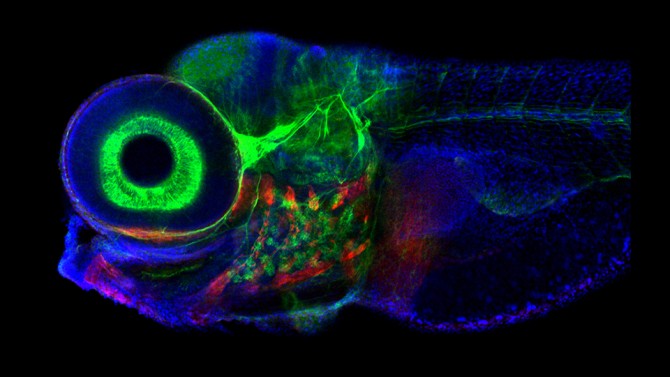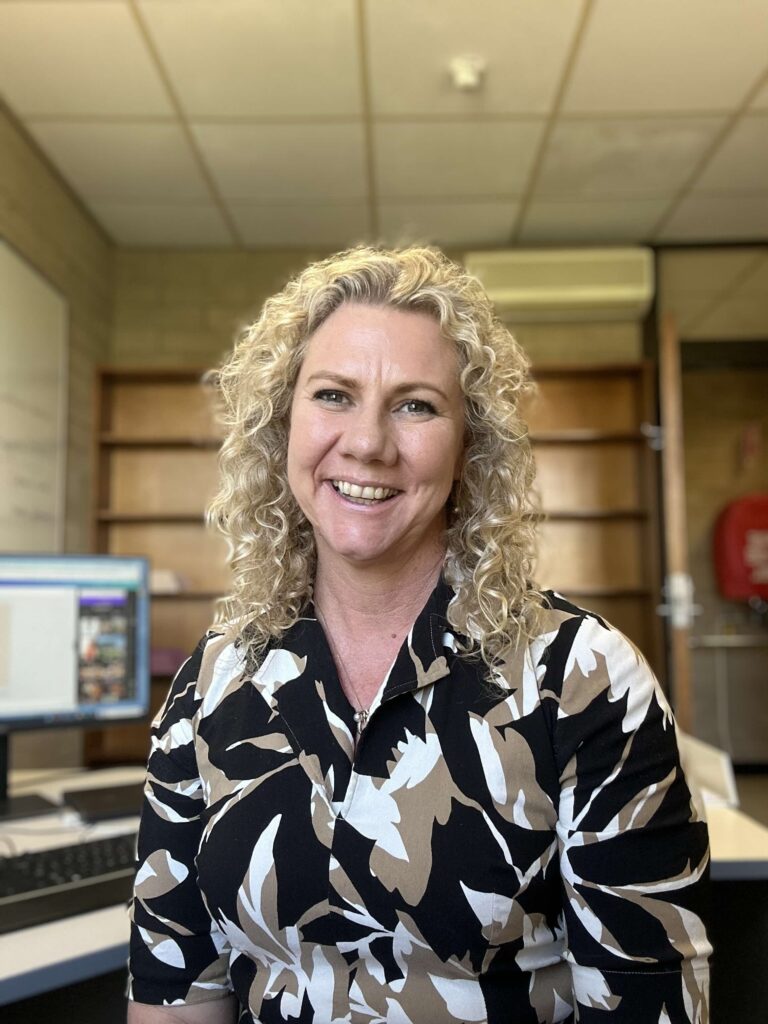This article was originally published in the ADA’s News Bulletin, September 2022.
An oral medicine specialist who shares her time between hospital clinical work, academic teaching appointments and Therapeutics committee duties, Dr Sue-Ching Yeoh is well placed to make a real difference at the intersection between dentistry and medicine.
Where are your main working commitments, and how long have you been doing what you do?
I am an AHPRA-registered oral medicine specialist and maintain a specialist private practice (Sydney Oral Medicine) in Sydney. I also have clinical appointments at the Royal Prince Alfred Hospital, and
Chris O’Brien Lifehouse; and a teaching appointment at the University of Western Australia.
I completed my Oral Medicine training in 2006, and worked in various roles (public hospitals, private practice, and university) in NSW and ACT since then.
You practised for a few years before pursuing your specialty in oral medicine. What led you to this
special interest, and how did this qualification change your career?
I completed my BDS in 2000, then worked in Cooma NSW for two years before moving to London to work. During my undergraduate studies, I was always interested in pathology. In my final year, when working
up my full denture patient, I noticed a lesion on the floor of the mouth. The patient was referred to the Oral Medicine department, and I was able to follow the patient through the biopsy stage, and subsequently she was diagnosed with a squamous cell carcinoma. I then had the opportunity to attend the Head and Neck Oncology Clinic as an observer. This experience really cemented in my mind that this was the career path I would like to follow.
Currently, as an oral medicine specialist, I get to do what I love every day. It has opened opportunities for me to help patients, to work in a variety of settings in multidisciplinary teams, to teach and encourage dental students and dental graduates to consider Oral Medicine as a career pathway. I have also had opportunities to pursue research, to engage with the profession via the ADA and ADC, and most recently to advocate for the speciality as the President of the Oral Medicine Academy of Australasia.
Your job has often had you working within a collaborative environment in hospitals. Tell us about that?
Being part of multidisciplinary collaboration is a great privilege and one that I enjoy immensely. The opportunity to work with other clinicians (medical, dental, allied health) to provide optimal care for patients is fantastic. It’s also a great learning environment, with so many opportunities to pick people’s brains. On the down side, it can be difficult to co-ordinate timetables, trying to get everyone in the same place at the same time. It can also be tricky at times coming to a consensus about patient’s treatment, but I think this is also a good indication that we have many ‘experts’ that are current in their knowledge, striving for the same goal of providing the patient with the best possible care.
What role do you play in your patients’ cancer treatment within the Lifehouse Head and Neck Cancer team?
I have been very fortunate to be part of the Multidisciplinary Head and Neck Oncology Service at the Chris O’Brien Lifehouse for many years. I have a role in identifying and monitoring potentially malignant lesions of the mouth, and I am often the person who performs the initial biopsy which leads to the diagnosis of cancer. I am then responsible for facilitating the referral to the Head and Neck Cancer Multidisciplinary Team, and am involved in the treatment planning stage, particularly with regards to coordinating and addressing pre-treatment dental concerns. Once the initial cancer treatment is complete, I help patients to manage with some of the long-term effects of treatment, such as dry mouth; and then see them on a regular basis for ongoing mucosal monitoring and surveillance.
What would you tell dental practitioners thinking of working in this kind of space/sector of oral health?
Oral Medicine is very much the bridge between dentistry and medicine. We sit at the interface of both disciplines, and it’s a very unique position. Many dentists don’t fully understand our discipline, and certainly many doctors don’t either. There are many opportunities for the individual to define their role. It’s a very interesting and rewarding career pathway. I am constantly learning, and challenging myself. There are opportunities to work in public, private and university spheres; as well as opportunities to carve out your own niche.
I always encourage anyone who is interested in this career pathway to reach out to an oral medicine specialist. Spend time observing, discussing the training pathways and career options, find out as much information as possible.
We are a relatively small specialty, and very supportive of people eager to find out more. The Oral Medicine Academy of Australasia (of which I am the current President) is a good place to start researching the discipline, and will put you in contact with your local oral medicine specialist.
You have been heavily involved in committee life, as an active member of the ADA. How do you most effectively fit in committee work with your practice?
I have been very privileged to be involved in the ADA Dental Therapeutics Committee for several years, and more recently in the role of Chair. Striking a balance in life is always tricky, but I’m very lucky to have supportive Committee members, who all bring their particular areas of expertise to the table. We sometimes have very lively conversations and are fortunate to be able to learn from each other. At the end of the day, we all have the same goal in mind, and despite having very busy and demanding lives, balancing work and family life, we all manage to find time to meet, listen to each other and try our best to provide guidance to the ADA membership.
Any advice for ADA members wondering whether they’re up for the challenge of committee involvement?
Committee involvement is very rewarding. It’s a chance to give back to the profession, but also a chance for you to collaborate with like-minded individuals who all bring enthusiasm and a unique skill set to the table. It’s also a good way to make friends and expand your professional circle. If it’s your first time being involved in this way, and you are a little apprehensive, there are always more experienced people on the committee who can help and provide guidance.
You also have an active role to play within academic life. How do you combine everything and achieve balance with your career?
I am passionate about mentorship, so being involved in academic pursuits feeds this interest. I enjoy being able to engage with the dental and medical students, as well as the specialist trainees. This is one of the components for my work life – each day brings something new. It’s never dull!
Life is about balance. As much as I love my work and the career pathway that I have chosen, at the end of the day, my greatest joy is coming home to my family. The opportunities that I have had to collaborate in a work environment only come to fruition because of my family’s support and sacrifice, and I am truly grateful.








